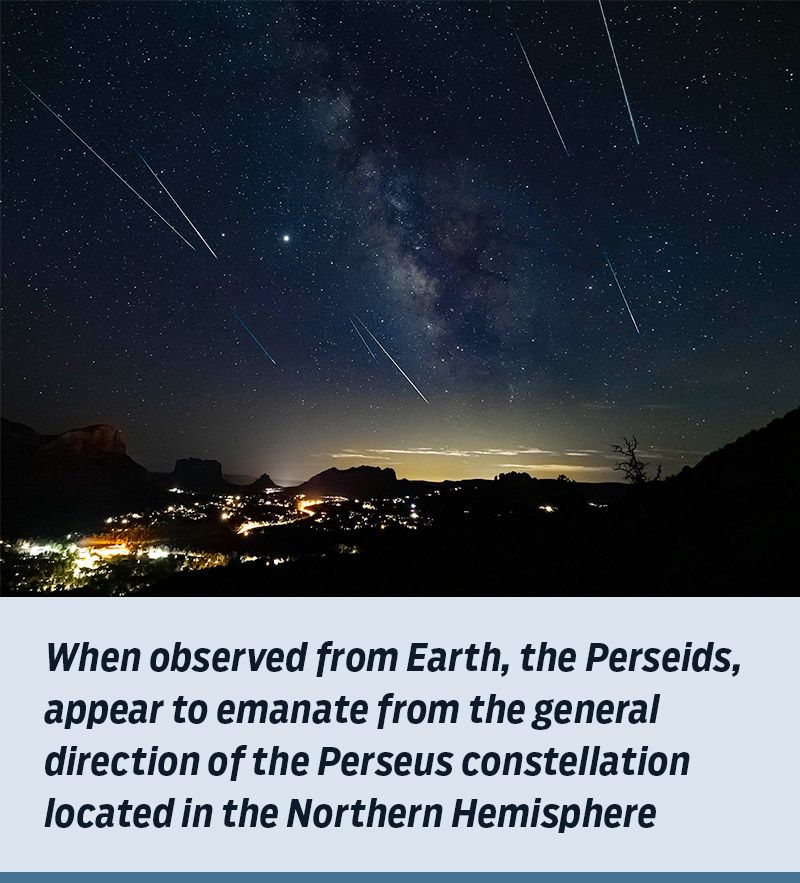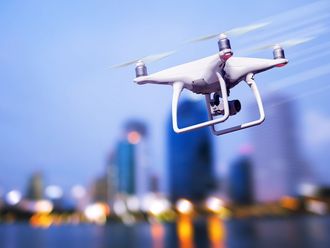
Get ready for a celestial spectacle as the annual Perseid meteor shower dazzles the skies of Dubai and Abu Dhabi this week.
The breathtaking event promises to bring up to 100 meteors per hour shooting across the heavens, leaving a trail of bright light and colour in the night skies on Saturday, August 12.
The Perseids, named after the constellation Perseus from which they appear to emanate, are caused by Earth passing through the debris left behind by Comet Swift-Tuttle.
And this year is shaping up to be a particularly impressive display, with the shower peaking on August 12 and the morning of August 13.
Nature’s dazzling light show
Allow your eyes to adjust for about 30 minutes, and then sit back, relax, and enjoy nature’s dazzling light show.
However, if you prefer a guided tour or are not confident in spotting the meteors on your own, fret not! The Dubai Astronomy Group has got you covered. They will be hosting a special event on August 12 at the Al Awir desert, starting at 10pm.

This exclusive gathering will feature telescope observations of Jupiter, Saturn, and other deep-sky objects, as well as fascinating astrophotography sessions and sky mapping. Of course, the highlight of the night will be observing the brilliant Perseids in all their glory.
Abu Dhabi and Sharjah residents too can make the most of this extraordinary display.
What makes this year’s Perseid meteor shower special is the celestial alignment of heavenly bodies. The event coincides with a new moon, meaning the sky will be particularly dark and perfect for viewing. Stargazers can expect an unforgettable night filled with shooting stars illuminating the vast expanse above.
Where to watch
The Perseids are famous for their fireballs — larger explosions of light and bright colour that persist longer than the average meteor streak. These fireballs are a result of larger particles of cometary material that burn up spectacularly as they enter Earth’s atmosphere.
How do these meteor showers come to life?
Well, they are the remnants of Comet Swift-Tuttle, discovered back in 1862. As Earth passes through the debris left by the comet, a mesmerising display of shooting stars is born.
These meteors leave trails of brilliant light and colour as they streak across the atmosphere, and some may even create awe-inspiring fireballs, larger explosions of dazzling light that can persist longer than your average meteor streak.
Glory at night
Nasa explains that the radiant of the Perseids lies within the Perseus constellation. While locating Perseus may be somewhat difficult for newbies, it conveniently follows the brighter and easily recognisable constellation, Cassiopeia, as it traverses the night sky.
It is worth noting that while the meteor shower takes its name from the constellation it appears to radiate from, the constellation itself is not the actual source of the meteors.











